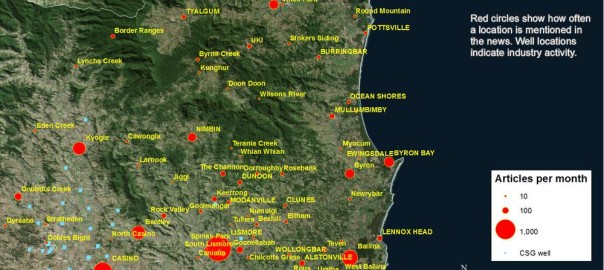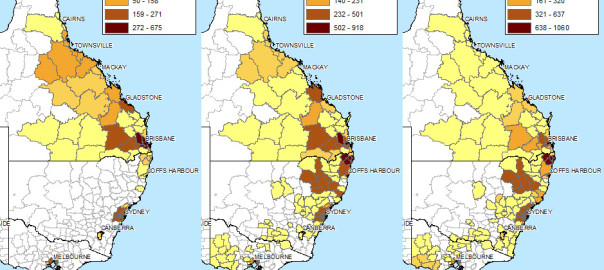In the posts I’ve written to date, I’ve learned some interesting things about my corpus of 40,000 news articles. I’ve seen how the articles are distributed over time and space. I’ve seen the locations they talk about, and how this shifts over time. And I’ve created a thematic index to see what it’s all about. But I’ve barely said anything about the articles themselves. I’ve written nothing, for example, about how they vary in their format, style, and purpose.
To some extent, such concerns are of secondary importance to me, since they are not very accessible to the methods I am employing, and (not coincidentally) are not central to the questions I will be investigating, which relate more to the thematic and conceptual aspects of the text. But even if these things are not the objects of my analysis, they are still important because they define what my corpus actually is. To ignore these things would be like surveying a large sample of people without recording what population or cohort those people represent. As with a survey, the conclusions I draw from my textual analysis will have no real-world validity unless I know what kinds of things in the real world my data represent.
In this post, I’m going to start paying attention to such things. But I’m not about to provide a comprehensive survey of the types of articles in my corpus. Instead I will focus on just one categorical distinction — that between in-house content generated by journalists and staff writers, and contributed or curated content in the form of readers’ letters and comments. Months ago, when I first started looking at the articles in my corpus, I realised that many of the articles are not news stories at all, but are collections of letters, text messages or Facebook posts submitted by readers. I wondered if perhaps this reader-submitted content should be kept separate from the in-house content, since it represents a different ‘voice’ to that of the newspapers themselves. Or then again, maybe reader’s views can be considered just as much a part of a newspaper’s voice as the rest of the content, since ultimately it is all vetted and curated by the newspaper’s editors.
As usual, the relevance of this distinction will depend on what questions I want to ask, and what theoretical frameworks I employ to answer them. But there is also a practical consideration — namely, can I even separate these types of content without sacrificing too much of my time or sanity? 40,000 documents is a large haystack in which to search for needles. Although there is some metadata in my corpus inherited from the Factiva search (source publication, author, etc.), none of it is very useful for distinguishing letters from other articles. To identify the letters, then, I was going to have to use information within the text itself. Continue reading Looking for letters

